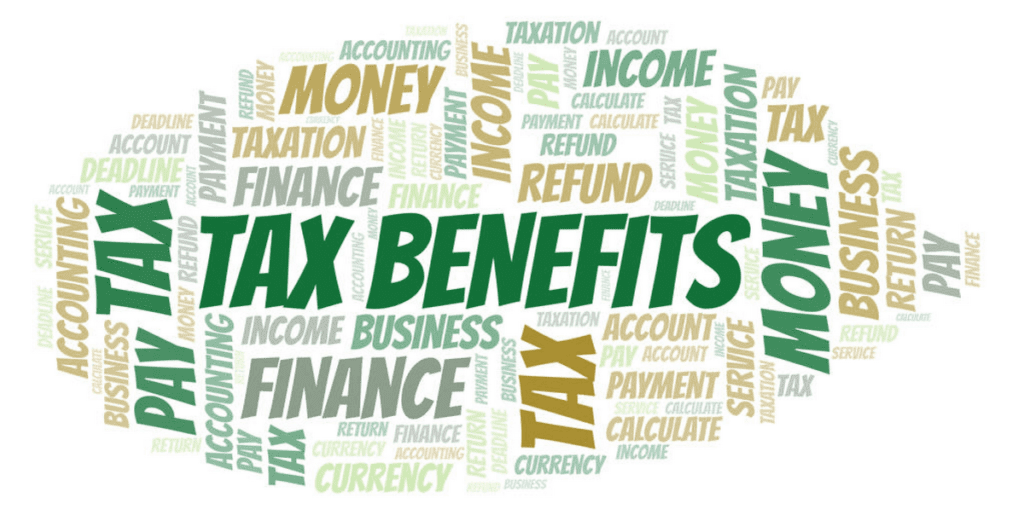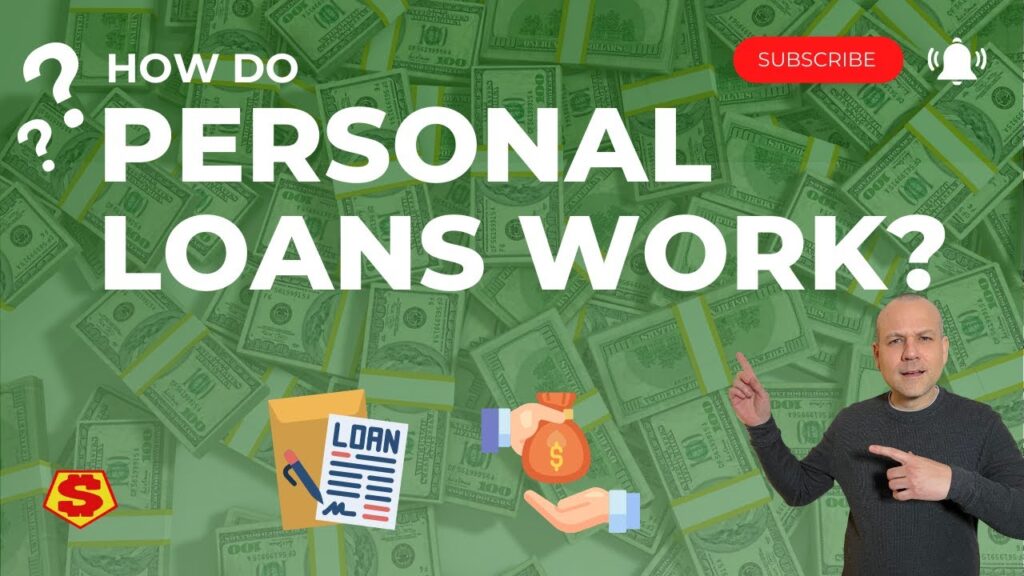Reduce Your Total Loan Cost by looking beyond just affordable monthly payments when financing big purchases like homes and education. Seemingly small differences in interest rates can cost or save tens of thousands over the full repayment period. Prioritize the lowest interest rate, pay down balances quickly by adding extra monthly, and minimize fees and principal to lower your overall repayment burden. Even a percent or two less in interest can equal major savings over time.
How Interest Rates Impact Costs
At its core, the interest rate on a loan represents the essential cost of borrowing money. Loans give you access to large lump sums for major purchases now, but in exchange, you pay extra for spending the money back slowly over months and years. Higher interest rates mean higher total costs by the end.
The initial rate you qualify for depends heavily on your credit score and total debt-to-income ratio. A strong credit score demonstrates responsibility for past debts and provides better terms. Keeping your existing debts low relative to income also signals a better ability to manage new loan obligations.
If your Credit or income situation currently locks you into higher rates, paying down debts or disputing credit report issues to boost your score can open access to lower rates on future loans.
Beyond your situation, researching current interest rates available from competing lenders is wise. A 0.5% rate difference equals enormous savings throughout a 30-year mortgage or high-balance student loan.
Researching Current Interest Rates on Loan Types
Interest rates fluctuate over time based on economic conditions, so comparing your options to prevailing averages matters. Here are typical rate ranges for common long-term installment loan categories:

Mortgages
- 30-Year Fixed Mortgages – 4% to 6%
- 15-Year Fixed Mortgages – 3% to 5%
- Adjustable Rate Mortgages (ARMs) – 2.5% to 4% introductory rates
Auto Loans
- New Car Loans – 4% to 8%
- Used Car Loans – 6% to 14%
Personal Loans
- Excellent Credit – 6% to 13%
- Good Credit – 16% to 25%
- Fair Credit – 26% +
Using online loan marketplaces makes surveying multiple lenders efficient. Understanding where your credit score places you within prevailing options places focus on the areas offering the most savings potential.
How to Reduce Your Total Loan Cost: Reducing Loan Fees
Reduce Your Total Loan Cost by minimizing fees that lenders charge at origination and during the term. Even small administrative or late fees can add up substantially over months and years of loan repayment. Scrutinize all costs and negotiate them downward when possible to lower your overall burden.
Origination fees cover underwriting costs for the lender when initiating the loan. They may be termed “points” for loans like mortgages or home equity lines of Credit, charging by percentage of the total amount borrowed. Many student and personal installment loans instead fold these costs into the principal balance.
Options exist to dodge specific fees, however. When shopping for mortgages, certain lenders provide no-fee loans built into initial rates. Weighing slightly higher ongoing costs against upfront savings requires calculating long-term impacts.
Application or annual maintenance fees should give pause as well. Rates may only tell part of the story of cost. Get clear terms on all charges and prioritize fee minimization during comparisons. An offer with the absolute lowest rate but loaded with fees rarely wins out over the life of a large loan.
Locking in Lower Rates by Accepting Discount Points
Occasionally, lenders provide opportunities to “pay for” a lower rate upfront by buying discount points. Each discount point, typically equal to 1% of the total loan amount, permanently drops the interest rate by 0.25%.
On a $200,000 home loan amount, one discount point would equal $2,000 to receive a 0.25% rate decrement. The resulting monthly payment savings must be calculated against the upfront fee to determine if paying for points makes overall economic sense.
Generally speaking, paying points only aid borrowers in planning long repayment terms, like staying in a home for 10+ years. Crunch the numbers carefully and model some what-if scenarios before deciding.

How to Reduce Your Total Loan Cost: Paying Off Principal Faster
Since interest owed equals the principal amount multiplied by the rate multiplied by years, accelerating the principal’s payoff counters the bulk of interest expenses over time. Making extra payments directly against the principal, targeting the highest rate debts first, and refinancing or consolidating can dramatically lessen total costs.
Prepaying an extra $100 monthly on a 30-year $200,000 mortgage initiated when rates equaled 5% would trim payoff time by over five years and $30,000 in interest paid if payments were maintained at the higher level. Even small, consistent additions against principal add up exponentially.
Similarly, paying off private student loans charging 8% interest before making extra payments against a 3% mortgage principal accelerates overall interest savings thanks to focusing on the most punitive loans first.
Reduce Your Total Loan Cost by periodically refinancing or consolidating loans as your credit score improves over time to achieve lower interest rates. Both refinancing a single loan or combining multiple loans into one can potentially cut interest costs substantially and save thousands.
Student Loan Refinancing Considerations
The US federal student loan program offers unique protections to borrowers facing financial hardship, like potential access to income-based repayment plans and deferment options. Private student loans need those options. Before refinancing federal loans privately, understand clearly any borrower safeguards forfeited against the new projected interest savings.
Federal student loans also provide access to graduated repayment plans where initial minimum payments steadily rise every two years. Model the specific repayment structure of any refinanced loan to guarantee actual savings. Projecting with a graduated repayment structure helps avoid payment shock down the road.
Reduce Loan Costs by Optimizing Tax Benefits on Certain Loans
Though interest expenses increase overall loan costs significantly, the government does allow filers to deduct some of that interest expense on individual tax returns, reducing taxable income.
Mortgages, home equity loans, and student loan interest up to $2,500 annually offer this deduction potential. Any interest paid from loans to fund education supplies or improvement may also qualify. Restrictions around income levels do apply for some deduction phase-outs.
Saving records like lender 1098 statements and properly tracking deductible amounts remain vital to maximizing tax relief. Consultation with tax specialists helps clarify the types of loans offering the most favorable treatment by the IRS.
What Loan Interest Costs are Tax Deductible?
Here is a quick primer on deductions borrowers can tap into for major loan categories:
Mortgage Loans
- Limit of $750,000 total principal, interest deduction caps based on marital status and filing status
- Points may also be deducted in the year paid
Home Equity Loans
- Total interest deduction up to $100k if used for home improvement
Student Loan Interest
- Maximum $2,500 deduction allowed per tax return
- Income phase-outs start at $70k single, $140k joint
Auto Loans
- Typically, there is no deduction potential on interest
Remember, pursuing tax deductions should serve as the icing over an existing low-rate, low-fee loan rather than the key goal. The main strategies of rate shopping, upfront cost reduction, paying down principal faster, and refinancing remain pivotal to significant interest savings.

So Finally, How to Reduce Your Total Loan Cost
If learning anything about managing loans, recognize that interest charges dictate actual costs over time much more than monthly payments might indicate. Carefully consider:
- Interest rates above all else in initial shopping
- Fees as knots that slowly tighten payback obligations
- Accelerating payoff wherever possible saves exponentially
- Specific loan structures and purposes aid tax relief as secondary benefits
Not all techniques suit every loan. However, following the core principles of benchmarking competitive rates before weighing fees and other structures equips borrowers to approach joint financing needs like mortgages, cars, and education with eyes wide open. Savvy borrowing early in adulthood establishes healthy lifetime habits.
Disclaimers: The information is for general purposes only and not financial advice. It is essential to mention that refinancing federal student loans eliminates access to income-based repayment plans and deferment options, even if the new interest rate is lower. The limitations on mortgage interest deductions based on loan timing are no longer applicable. Some auto loan interest might be deductible for business use under certain circumstances.
What are the most significant factors impacting my total loan cost?
The interest rate you qualify for plays the most significant role, closely followed by loan fees and the total loan amount. Even slight differences in interest rates can translate to significant savings over the life of the loan. Minimizing fees and paying the principal faster can further reduce your total cost.
How can I get a lower interest rate?
Reduce Your Total Loan Cost by shopping around and comparing interest rates offered by multiple lenders when seeking a new loan. Your credit score and debt-to-income ratio hold significant influence over the rates made available to you. Take time to boost your credit score before applying and minimize existing debts relative to your income. This expands options for reduced interest rates compared to simply accepting the first-rate a lender presents.
What are some standard loan fees to watch out for?
How to Reduce Your Total Loan Cost? Watch for common fees like origination, application, and annual maintenance that quickly inflate your total repayment. Seek no-fee loans when possible, or negotiate fees down before accepting a loan. The lowest advertised interest rates sometimes offset fees elsewhere. So compare total costs, not just rates. Small fees can add thousands over a loan, so minimizing them is key to saving money overall.
Is it worth paying discount points to lower my interest rate?
This depends on your individual circumstances. Discount points require an upfront payment for a permanently lower interest rate. Carefully calculate the long-term savings compared to the upfront cost to determine if it’s financially beneficial for you.
How can I repay my loan faster and save on interest?
Making extra payments towards the principal is the most effective way to accelerate payoff and reduce interest charges. Prioritizing high-interest debts first gives you the most bang for your buck. Additionally, consider refinancing or consolidating loans to secure lower rates if your credit score has potentially improved.

